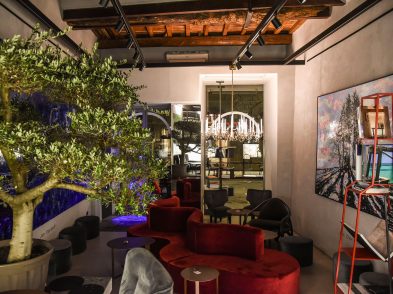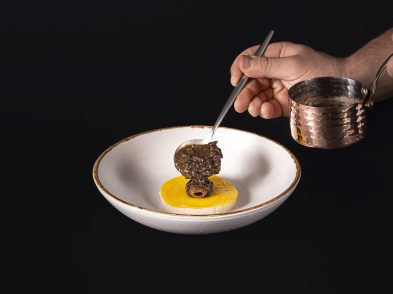If I were to launch a Tuscan cookery school, I’d call it q.b., for ‘quanto basta.’ For me those two little letters embody the true essence of Italian cooking. While English cookbooks state every gram, tablespoon and cup put to use in a recipe, life in an Italian kitchen is not a precise science: it’s a place where loving imprecision leads to culinary wizardry.
Translating recipe books is akin to opening a delicious can of worms, however.
First, there’s the issue of ingredient availability. Despite the love nurtured towards Italian food (and interpretation thereof) all over the world, it is still unlikely that one can find finocchiona or vanilla-flavoured icing sugar in the remotest Scottish Hebrides, or ‘tipo 00’ flour and puntarelle in the heart of New York City. Substitutes need to be given, and often the translator—or, as I like to call the figure in question, the ‘transeditor’—is the person best placed to suggest an alternative substance.
Equipment is tricky, too. Your average American home cook, even if she professes to be the next Julia Child, does not possess a mezzaluna. Food mills and industrial-style cured-meat slicers are not staples on either side of the English-speaking transatlantic; most Italian women receive them as wedding gifts. The dilemma for the translator lies in deciding whether to leave in these details for ‘colour’ or to switch them for more sensible, user-friendly options.
American or British English? Knowing your readership is always key, but never more so than in the world of food. Is that melanzana an eggplant or an aubergine? Is that etto of rice half a cup, 100 grams or three and a half ounces? Is Sunday favourite pasta al forno baked in an oven a bassa temperatura to be cooked at gas mark 3, 325 degrees Fahrenheit or 170 degrees Celsius? While the differences in measuring systems are a culinary minefield in any language or culture, the real problem for the translator lies with imprecision.
Often, Italian recipes come without measurements or are brimming with approximations: a bunch of asparagus, a sachet of baking powder, sale e pepe q.b. Which basically means ‘as much as needed.’ A handful of basil, sprigs of marjoram, olio a piacere—as much as you like. After all, Italian cooks don’t need to be told exact quantities. They dress their food as well as they dress themselves.
I find that translating recipes requires more than a pinch of creativity, just as being in the kitchen does. And that, in itself, is more than enough.
illustration by Leo Cardini
Post-publication of this piece it has transpired that 00 flour and puntarelle can be found in New York, but not fresh anchovies. We’d love to hear more about which Italian ingredients can and cannot be found outside il bel Paese. Drop The Florentine a line at redazione[at]theflorentine.net.
For made-to-measure Italian to English translations by The Florentine’s editors, email redazione@theflorentine.net.







